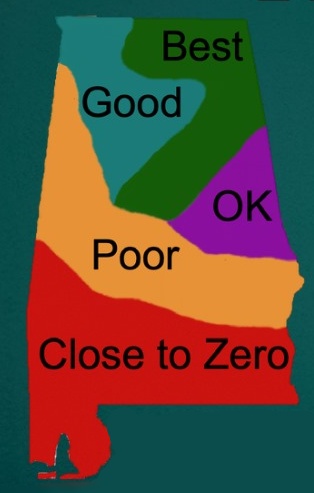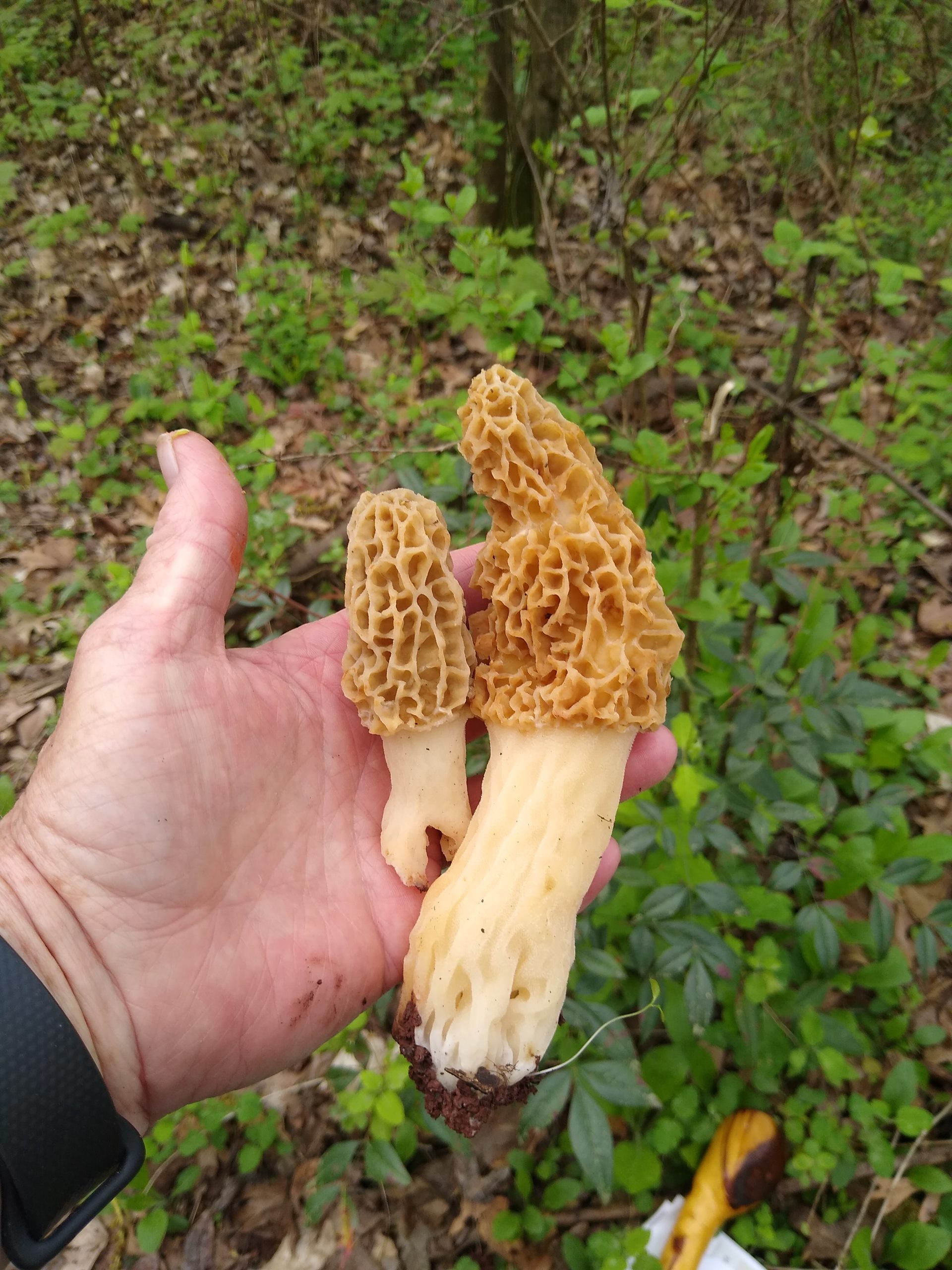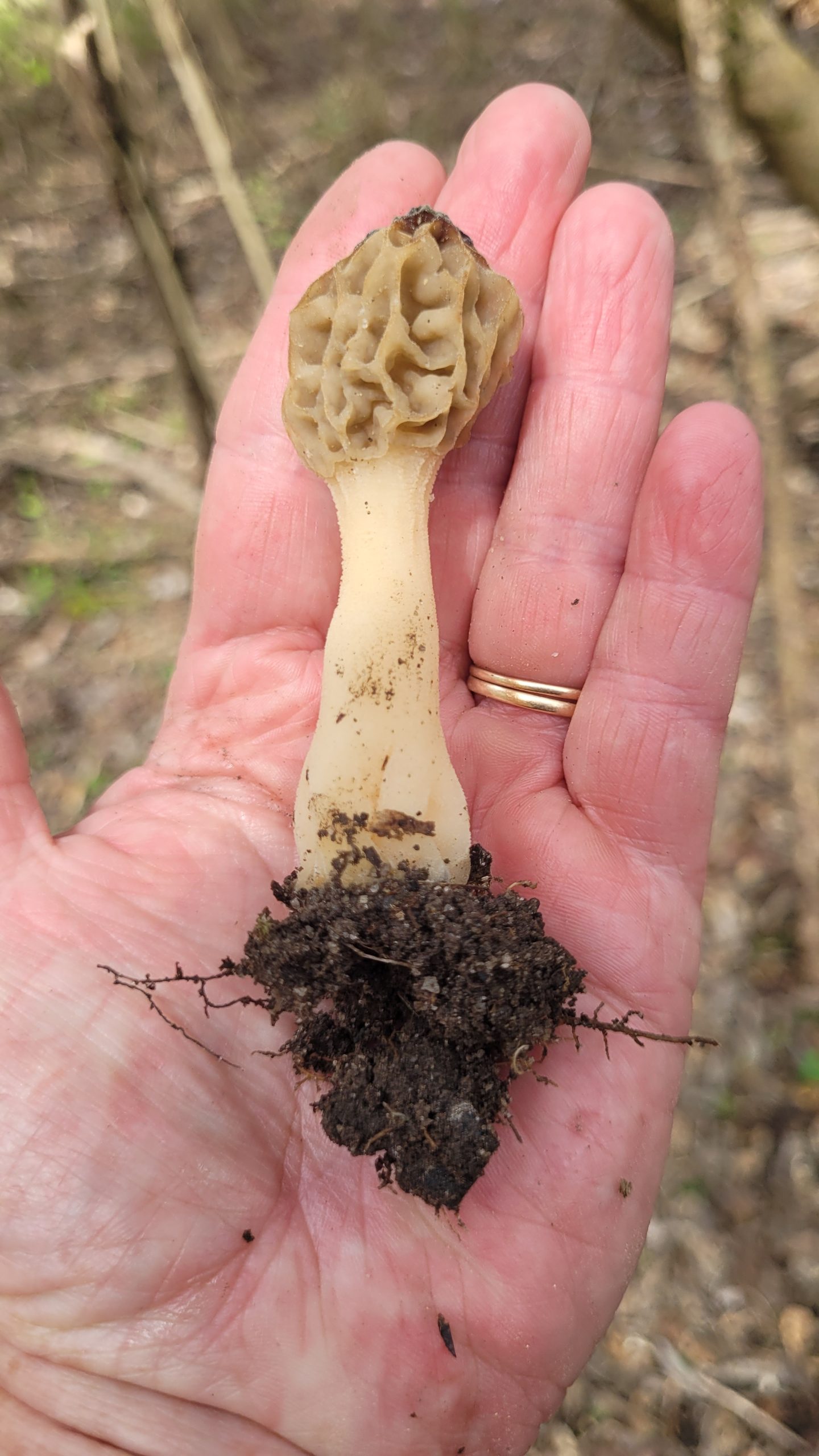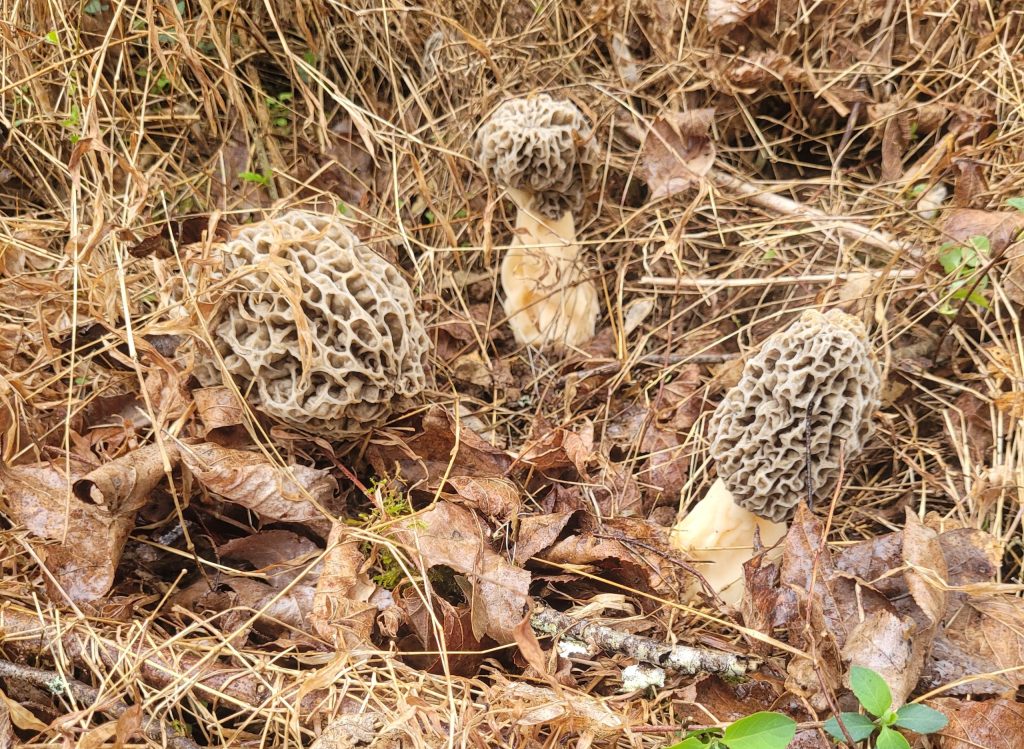Mastering Morel Mushrooms: Tips, Tricks, and Recipes
Morel mushrooms are one of the most well known wild harvested mushrooms in the United States. Even people that have never considered anything other than store bought buttons or Portobello have likely heard of them. Part of the popularity stems from the ease in which they are identified and the fact that they are so prolific in some areas that seasonal pickers move with the harvest to make a living. I don’t know the current prices distributors are paying, but 30 to 50 dollars a pound is common. States that produce the most morels in spring are Tennessee, Michigan, Wisconsin, Oklahoma and Vermont according to Google. They are one of the best mushrooms for drying which makes them easy to store with minimal effort. They rehydrate almost as good as new. They have a really nice umami taste that doesn’t require you to have a lot of to make a dish extra special.
Introduction To Morels
Morchella are ascomycota. They release their spores from sacs called asci, located within the little pits or holes you see in the fruit bodies or cap if you prefer. The cap is usually cone shaped but they can get pretty wonky looking if they grow large. Some say they mostly resemble a sponge. That is one of the common names I’ve heard folks north of us call them. The cap color can range from nearly black to light blonde. The stem or stipe can range in color from white to cream or yellow. It will typically be the same width from where it attaches to the cap to the ground. You will see a bulging base on some. They vary from somewhat smooth becoming granular to appearing ribbed. The entire mushroom will be hollow, cap and stipe.
If you harvest them from a dusty sandy area I recommend you split them all in half to brush out the sand/grit and potential critters that might be hiding in there. Few things ruin a fine meal faster than crunching grit. The entire mushroom’s texture is best described as bendy, rubbery and crumbly. If you make the mistake of carrying them around in a netted bag which many insist on carrying to spread the spores, you’ll find yourself with a bag of crumbs if you walk very far. The odor is generally described as slightly metallic or salty.
The species you are most likely to find in Alabama are Morchella’s Americana/ulminarius, angusticeps, sceptriformus and diminutiva according to Alabama Mushroom Society’s founder, Anthoni Goodman. You can find images and descriptions of each one by looking them up online or by obtaining one of the books I have listed at the end of this article.
Morels and several other fungi from the order Pezizales contain hydrazine toxins. These toxins are destroyed by heat. What that means is if you eat morels raw or undercooked morel mushrooms, you and anyone that shares your meal is gonna be pretty upset. The symptoms of hydrazine toxins can be but are not limited to, nausea, vomiting, abdominal pain, diarrhea, muscle cramps, bloating and fatigue. The severity of the symptoms is dosage sensitive, so the more you consume, the sicker you could be. It has been suggested by several of the experts I know that many so called “mushroom poisonings” is simply undercooked fungi. The same cautionary warning applies to Morchella or any other mushroom for that matter harvested from areas where pesticides have been applied for years (think orchards) or mushrooms that have been harvested near polluted water and roadsides. The very nature of mushrooms makes them veritable toxic bioaccumulation sponges.
Where Do Morel Mushrooms Grow?
Here in Alabama the farther south you are from the frost line, the fewer morels you are going to find. With the help of groups like the Alabama Mushroom Society, sites like iNaturalist and Mushroom Observer we are finding small numbers of them in places we used to think they’d never be.
Morels can be found throughout most of the United States. They are most common in the in the Midwest, Northeast and Mid-South. I have personally found them as far south as Elmore County in Alabama even though most maps won’t show that.

Where And When To Find Morels In The Woods
Morel mushrooms are for the most part mycorrhizal. This means they have a symbiotic relationship with the roots of certain trees and plants. There are 2 species that we know of that grow in mulch and are collectively known as landscape morels. They are Morchella importuna and Morchella rufobrunea. They can be cultivated but it’s not something for the amateur mushroom farmer. As far as I can tell there are 5 successful morel farmers in the world using a specialized form of M. importuna for cultivation?
Here in Alabama we find them in conjunction with sweetgum, ash, oak, hickory, tulip poplar, elm and privet. Looking under privet has proven itself to be successful for this particular mushroom hunter. I assume M. diminutiva since it was about 2” tall from top to bottom and struggled to weigh an ounce. It only took me 4 years to find it. I was so tickled, I’m sure they heard me holler in Macon county. You can also find them around fruit trees, apple in particular. They are prone to moss beds, disturbed areas and seem to have a fondness for hard packed rocky areas like walking paths and driveways. I have found them in tall grassy areas with privet near streams. For some reason, perhaps the jarring of the ground they cause, you should look under trees that fell last year and in flood zones.

The fruiting seems to be kicked into gear by soil temperatures reaching and holding at about 55F. We think they are triggered by their mycorrhizal partners rising sap. You’ll want to watch for emerging leaves. For that reason many morel hunters keep a temperature probe in their bag to check soil temps. I’ve heard some say they start when the dogwoods bloom and keep going till the wisteria blooms. Others look for the unfurling of mayapple leaves. Because of the soil temperature sequences from south to north, we know we can follow them from the warmest areas to the colder ones. That temperature difference also suggests that warm south facing slopes might start producing before you see them in the valley and that that valley or shaded and north facing areas might still be producing when the warmer areas have stopped.
Morel Mushroom Hunting Tips
Carry a knife, a soft brush, and a sturdy container for harvesting morels. I like an unused 1” soft bristled paint brush. Do not put your mushrooms in plastic bags unless you have no option and it’s for a very short period. The moisture trapped in the bag will start the decaying process of your fungi very quickly. Try not to trample the area you are foraging from. Trampling destroys mycelium underground. Cut your mushrooms rather than pulling simply because it’s cleaner. Brush the dirt and debris from your mushroom, and then add it to your receptacle. The less dirt you put in your basket, the less dirt you’ll have to clean off when you get home.

I heard it said once that the military should redesign its camo to match that of the illusive morel mushroom. I agree. Pine cones, sweetgum balls and male sweetgum catkins look notoriously like a morel from a few steps away. Squat down to see them at their level. It makes them stand out like little silhouettes against the horizon of dirt and leaves. Don’t give up; keep looking. They are there.
Toxic Morel Look Alikes
Gyromitra- commonly referred to as the “false morel”. It is also a member of the order Pezizales but from the family Discinaceae. There are several varieties and if you find them they are most likely going to be in the northern most parts of Alabama. It has a convoluted cap, made up of wrinkles and folds rather than the pitted areas we see on morels. They range in color from reds to purplish and brown. I would suggest that you look them up to familiarize yourself with their appearance. Not all Gyromitra are toxic, some require extensive detoxifying treatments to become safe edibles. I would highly recommend learning them very well before consuming.
Morel Mushroom Recipe
This recipe is adapted from Mimi Weissenborn. I found it while searching for a recipe that didn’t call for many morels. I had found 4, weighing in at 9 ounces. I think you could get by with a little less, and it’s perfect for dried or fresh. I served it with roasted chicken thighs and fresh green beans.
Penne Pasta with Morels and Peas
Serves 4
1 tablespoon butter
1 shallot minced fine
2 cloves of garlic minced, 1 if you prefer
6-8 oz fresh morel mushrooms cleaned and sliced into bite sized pieces. 1 oz. dried morel, reconstituted if you don’t have fresh.
2 cups heavy cream
1 Tablespoon minced tarragon
Splash of dry white wine
Juice of 1 lemon
Salt and pepper to taste and for the pasta water
6 oz. frozen peas
12 oz. penne pasta (reserve the cooking water)
Watercress or fresh parsley, melt butter. In a medium saucepan over medium –low heat melt butter. Reduce heat and add shallots and garlic, cook till fragrant taking care not to brown garlic. Raise the heat, add morels, stirring frequently, and cook for 3 to 5 minutes. Reduce heat and add the cream. Let the cream bubble but not boil, stirring occasionally so it doesn’t scorch. Cook for 10-15 minutes or until the cream is reduced by about half. Add the tarragon and white wine, stir, then add lemon juice and black pepper. Taste, if it needs more tarragon or black pepper now is the time to add it.
Meanwhile, bring a pot of water to a boil. Add peas and blanch for 30 seconds (1 minute if they’re fresh peas), use a slotted spoon to remove them. Add water if needed and a good pinch of salt to the pot so you can drop in the pasta after it returns to a boil. Cook for 8-10 minutes or until al dente. Drain pasta, reserving the water. Add the pasta to the sauce and toss till combined, adding reserved pasta water as needed. Taste, add salt if needed, stir in peas and serve immediately adding your garnish of watercress or parsley if desired.
Final Thoughts
Morel mushrooms, along with lion’s mane mushrooms, stand out as one of the most iconic wild harvested mushrooms in the United States, capturing the imagination of foragers and food enthusiasts alike. Their widespread popularity is attributed to their ease of identification, abundance in certain regions, and exceptional culinary qualities. With their distinctive appearance and savory flavor, morels offer a delightful addition to various dishes, elevating them to gourmet status. However, it’s essential to exercise caution when foraging for morels, as their toxic look-alikes pose a serious health risk if consumed. By following proper harvesting techniques and familiarizing oneself with their distinct features, enthusiasts can safely enjoy the bountiful delights of these prized mushrooms. So, whether you’re a seasoned forager or a curious culinary adventurer, the world of morels awaits, promising a delicious journey into the heart of nature’s bounty.
Full Disclosure: This post may include affiliate links. There’s no extra charge to our readers for using these.




